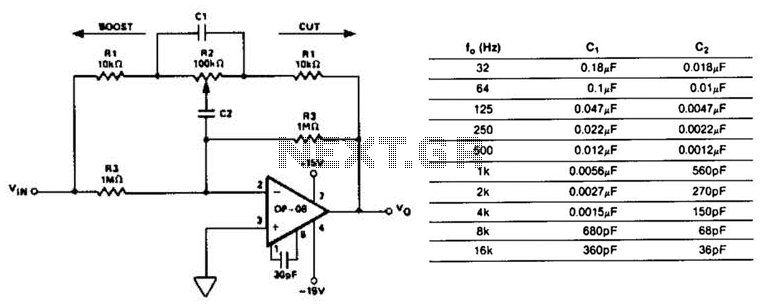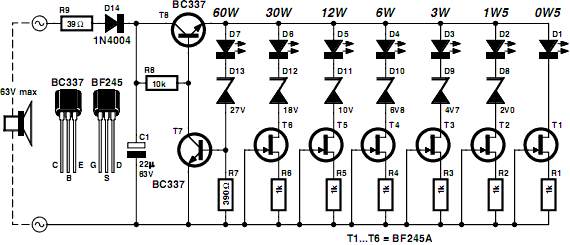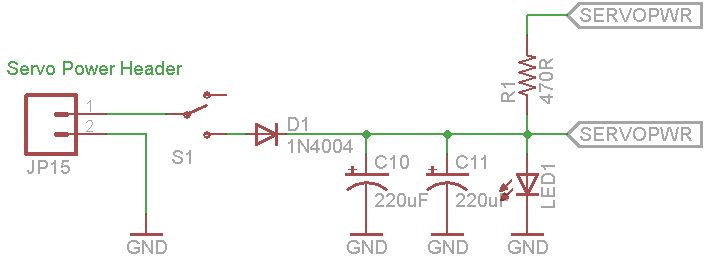
Light control principle circuit rooster crows

The circuit principle is illustrated in the accompanying figure. When the night light shines on the photosensitive resistor RG, it exhibits a high resistance (significantly greater than 50K). As a result, the output of the LSE pin is low, causing the transistor VT1 to conduct. This activates relay J, which opens its normally closed contacts, preventing the chicken sounds analog circuit IC KD5609 from operating due to lack of power. At dawn, when light hits the RG, its internal resistance decreases to around 50K. Consequently, the LSE pin output becomes high, turning off the transistor VT1 and allowing relay J to release and close its contacts. This action powers the chicken sounds analog circuit, enabling realistic chicken sounds to emanate from the speaker BL.
The described circuit operates as a light-sensitive activation system that controls sound output based on ambient light conditions. The core component, a photosensitive resistor (RG), is pivotal in determining the circuit’s response to light levels. During nighttime, RG maintains a high resistance, which keeps the output of the LSE pin low. This low output signals transistor VT1 to conduct, thereby energizing relay J. The relay's normally closed contacts open, effectively disconnecting power from the chicken sounds analog circuit IC KD5609, silencing the output.
As dawn approaches and light levels increase, the resistance of RG decreases significantly, reaching approximately 50K. This change triggers a transition in the LSE pin output to high, which turns off transistor VT1. The deactivation of VT1 allows relay J to return to its default state, closing its contacts. This closure restores power to the IC KD5609, activating the chicken sounds circuit. The result is an engaging auditory experience, with realistic chicken sounds produced through the speaker BL, thereby simulating a natural morning environment.
The circuit can be utilized in various applications, such as in educational projects, automated farm settings, or as a novelty alarm clock feature. Proper component selection is essential for ensuring that the photosensitive resistor and transistor can handle the expected ranges of light and current. Additionally, the relay must be rated to manage the load of the connected sound circuit. Overall, this light-activated circuit exemplifies a practical implementation of basic electronic principles to create an interactive and responsive system. Circuit principle is shown in FIG apparatus. When the night light irradiation on the photosensitive resistor RG, RG of great resistance, (much larger than 50K), so the LSE O, f eet equivalent open, LSEs pin output low, transistor VT1 conduction, excitation relay J pull its normally closed contacts j oFF, chicken sounds analog circuit IC KD5609 does not work without power. Once dawn, light irradiated on the RG, RG internal resistance becomes smaller ( 50K), this time the LSE pin output high, the transistor VT1 end, the relay J release, closes its contact j, analog sounds of chickens circuit energized work, accompanied by realistic sounds of chickens from the indicator in the speaker BL.
The described circuit operates as a light-sensitive activation system that controls sound output based on ambient light conditions. The core component, a photosensitive resistor (RG), is pivotal in determining the circuit’s response to light levels. During nighttime, RG maintains a high resistance, which keeps the output of the LSE pin low. This low output signals transistor VT1 to conduct, thereby energizing relay J. The relay's normally closed contacts open, effectively disconnecting power from the chicken sounds analog circuit IC KD5609, silencing the output.
As dawn approaches and light levels increase, the resistance of RG decreases significantly, reaching approximately 50K. This change triggers a transition in the LSE pin output to high, which turns off transistor VT1. The deactivation of VT1 allows relay J to return to its default state, closing its contacts. This closure restores power to the IC KD5609, activating the chicken sounds circuit. The result is an engaging auditory experience, with realistic chicken sounds produced through the speaker BL, thereby simulating a natural morning environment.
The circuit can be utilized in various applications, such as in educational projects, automated farm settings, or as a novelty alarm clock feature. Proper component selection is essential for ensuring that the photosensitive resistor and transistor can handle the expected ranges of light and current. Additionally, the relay must be rated to manage the load of the connected sound circuit. Overall, this light-activated circuit exemplifies a practical implementation of basic electronic principles to create an interactive and responsive system. Circuit principle is shown in FIG apparatus. When the night light irradiation on the photosensitive resistor RG, RG of great resistance, (much larger than 50K), so the LSE O, f eet equivalent open, LSEs pin output low, transistor VT1 conduction, excitation relay J pull its normally closed contacts j oFF, chicken sounds analog circuit IC KD5609 does not work without power. Once dawn, light irradiated on the RG, RG internal resistance becomes smaller ( 50K), this time the LSE pin output high, the transistor VT1 end, the relay J release, closes its contact j, analog sounds of chickens circuit energized work, accompanied by realistic sounds of chickens from the indicator in the speaker BL.
Warning: include(partials/cookie-banner.php): Failed to open stream: Permission denied in /var/www/html/nextgr/view-circuit.php on line 713
Warning: include(): Failed opening 'partials/cookie-banner.php' for inclusion (include_path='.:/usr/share/php') in /var/www/html/nextgr/view-circuit.php on line 713





